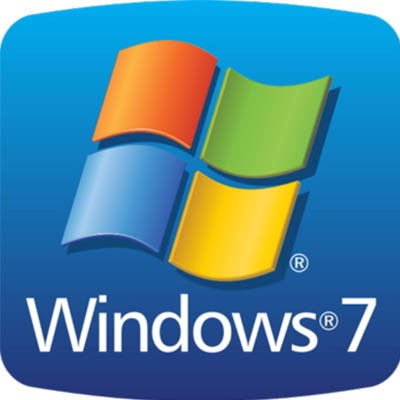-
SMART Blog

-
Jerry Fetty

- What are You Doing for Your Employees’ Health in the Office?
SMART Blog
If You Haven’t, Upgrading from Windows 7 Should Be a Priority
If your computer is running Windows 7 as its operating system, it’s time to start thinking about the future. Microsoft has officially unveiled the End-of-Life date for Windows 7, meaning that they will eventually stop supporting computers running the much-loved operating system. What does this mean for your business? Let’s find out.
What is End-of-Life for Operating Systems?
End-of-Life doesn’t necessarily mean that your computer's will just stop working--rather, they will just stop receiving extended support from Microsoft. Although mainstream support for Windows 7 ended on January 15th, 2015, Microsoft will continue to provide extended support for the operating system until January 14th, 2020. Assuming you have Service Pack 1 installed, your operating system will cease to receive updates following the Windows 7 End-of-Life date. While you’re still receiving security updates, there are no new features being added to your operating system.
Basically, End-of-Life means that the operating system no longer receives any important updates, meaning that it’s a security best practice to update away from Windows 7 before it becomes a liability.
Why Does End-of-Life Exist?
There is a constant war going on between software developers and malicious entities, like hackers. They are constantly trying to undermine the efforts of security professionals to keep businesses and their technology solutions safe from threats. Software developers put out patches frequently to prevent hackers from making headway in this war, but it’s hard to support all existing versions of operating systems at all times. When Microsoft ends support for an older version of an operating system, they are essentially giving ground to hackers, but let’s face it--if you’re using older software that is no longer supported, you could stand to take advantage of more recent, user-friendly solutions with all new features in the first place.
What You Should Do
The easiest way to get around the pitfall of using older software like Windows 7 is to just install Windows 10 as soon as you can. If you can’t do so immediately, it’s best to think about preparing your organization for a move to Windows 10 in the near future. Make sure that any workstations used by your business meet the following minimum requirements.
- Processor: 1GHz processor or faster
- Memory: 1GB RAM for 32-bit; 2GB for 64-bit
- Hard disk space: Up to 20GB available
- Required video card: 800 x 600 screen resolution or higher. DirectX 9 graphics processor with WDDM driver
If your workstations don’t meet these requirements, perhaps it’s time to invest in some upgrades for them as well.
If you’re looking to keep your technology in proper working order, even in the face of End-of-Life events, SMART Services can help. Our managed services will ensure your technology stays optimized and operational for the long haul. To learn more, reach out to us at 586 258-0650 .
About the author
Jerry Fetty is the CEO and founder of SMART I.T. Services, Inc. Jerry has been called the "Geek King". He has been helping companies make smart decisions about their networks and automation systems for over 30 years.




Comments